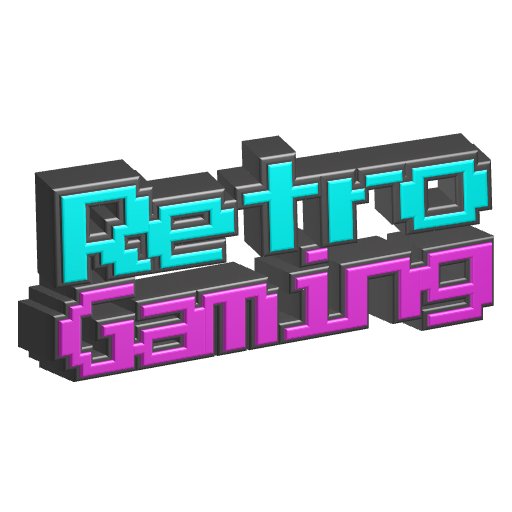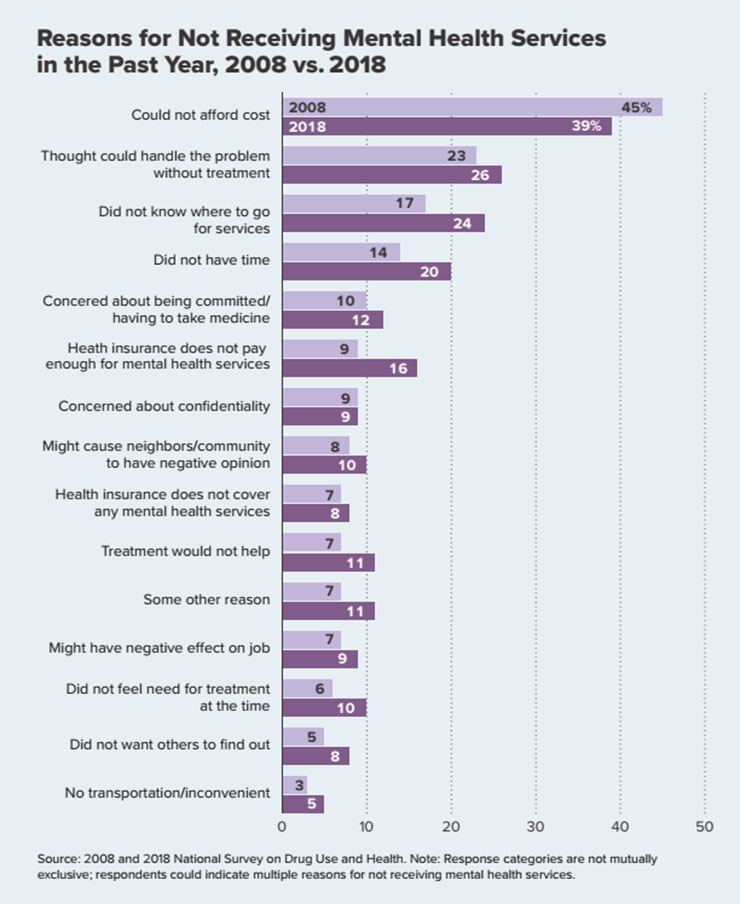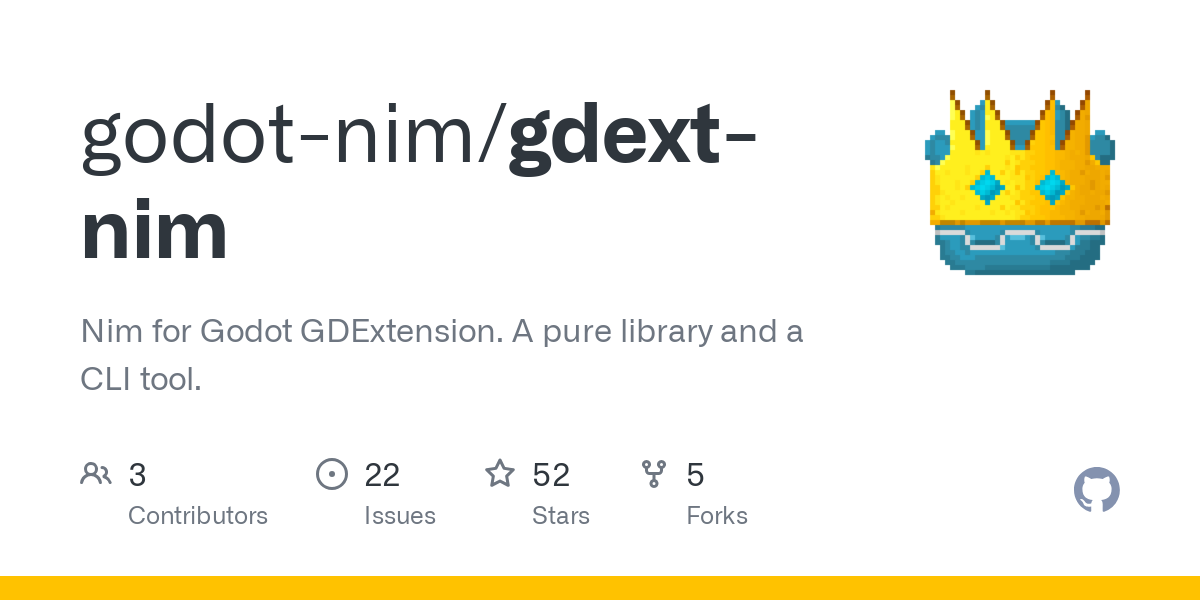I probably wouldn’t do copies though, original brain is my priority. I would really need to trust/respect the organization requesting it, it’d need a really good reason, and I’d need assurances.
Long known but never read that series though, I have aphantasia (on top of other things) so am not much of a reader.



















I mean that would lower the bar for the activity itself (+multitasking), though I am not gonna buy or use a service and I suspect audiobooks are likely a big chunk of data too (esp. if uncompressed).
Unless speech synthesis is something that could work well here (assuming decent voice, I don’t mind older tech like DECtalk or macintalk that sounds better than some newer offline TtS options). Even that seems like it’d need some community effort, though (like manual phoneme editing).
So I’m not sure on that one. Probably not going to look into it.
For world-building, I liked Farscape for the Leviathans. One stretch of hell aside, it is a much better interpretation of biomechanical life than the standard dreary tubes-and-brain-only of most media (that is if they can even properly tell the difference between a cyborg and a robot). So that has really shaped my view on it, I’d want more microbiomes (and connection with other types of living cells) not less.